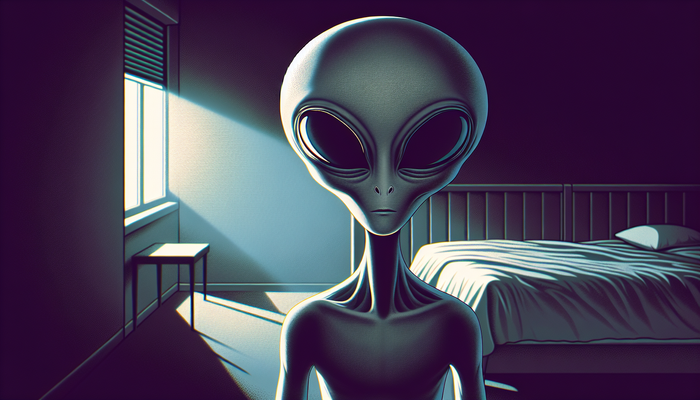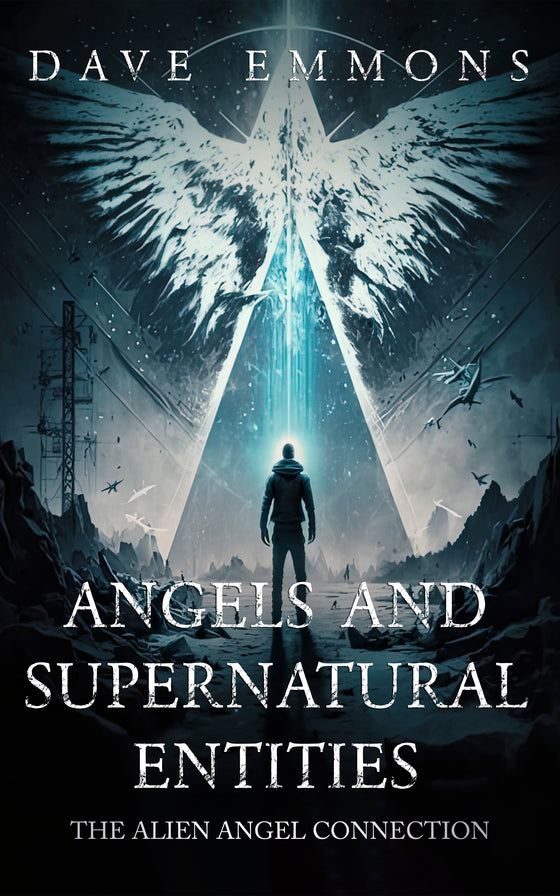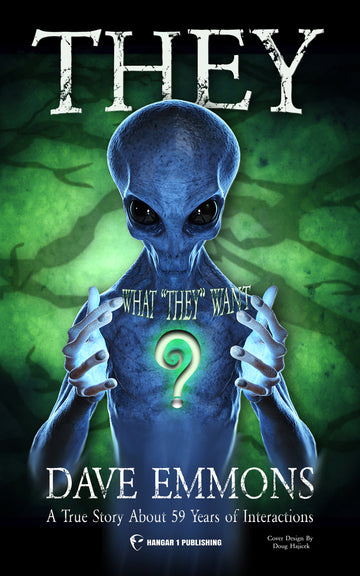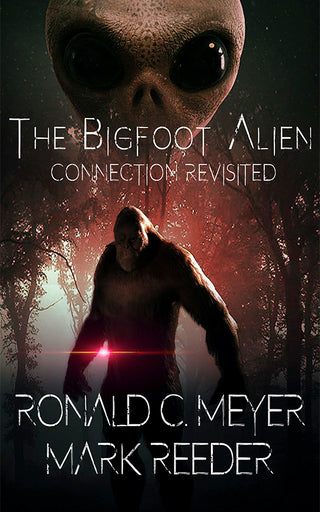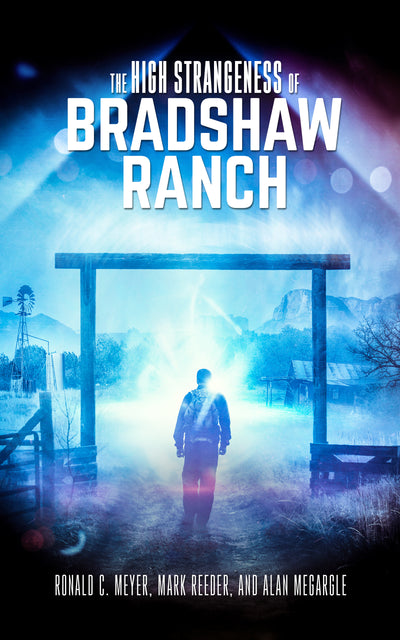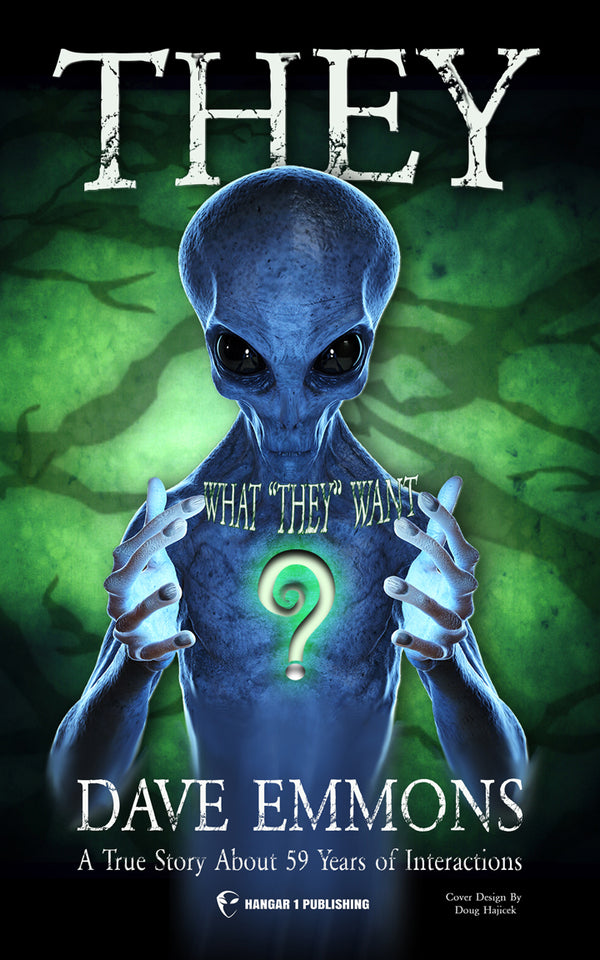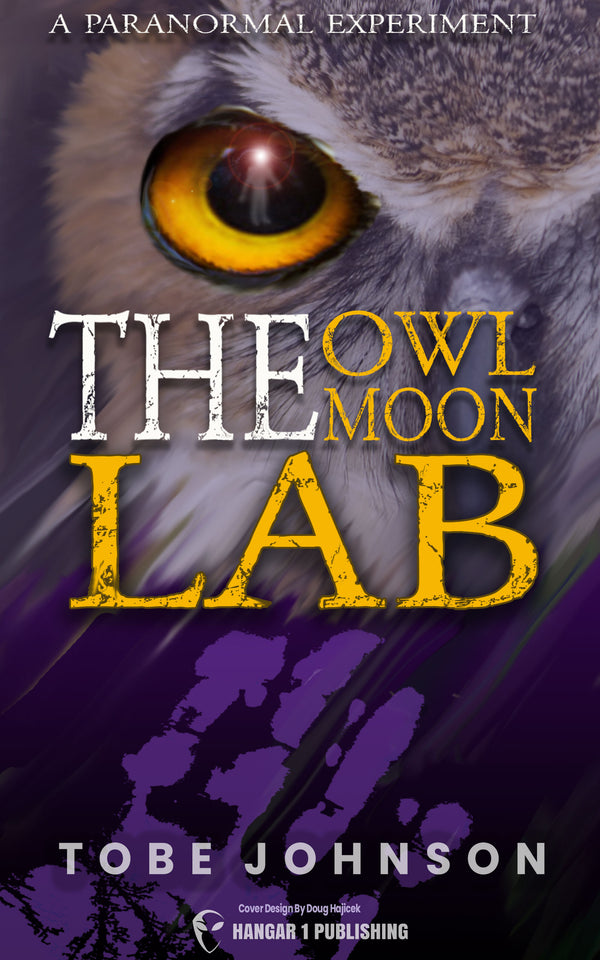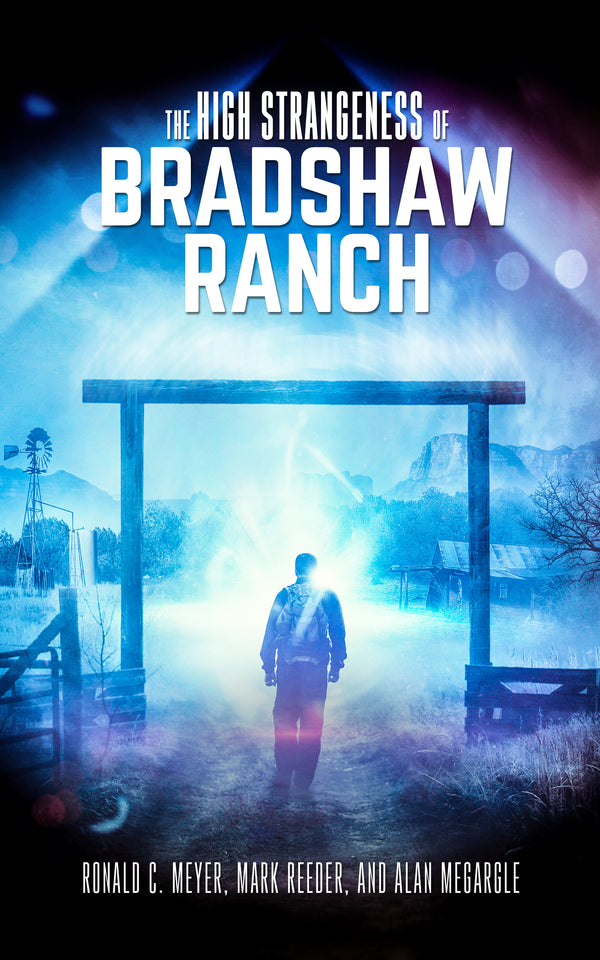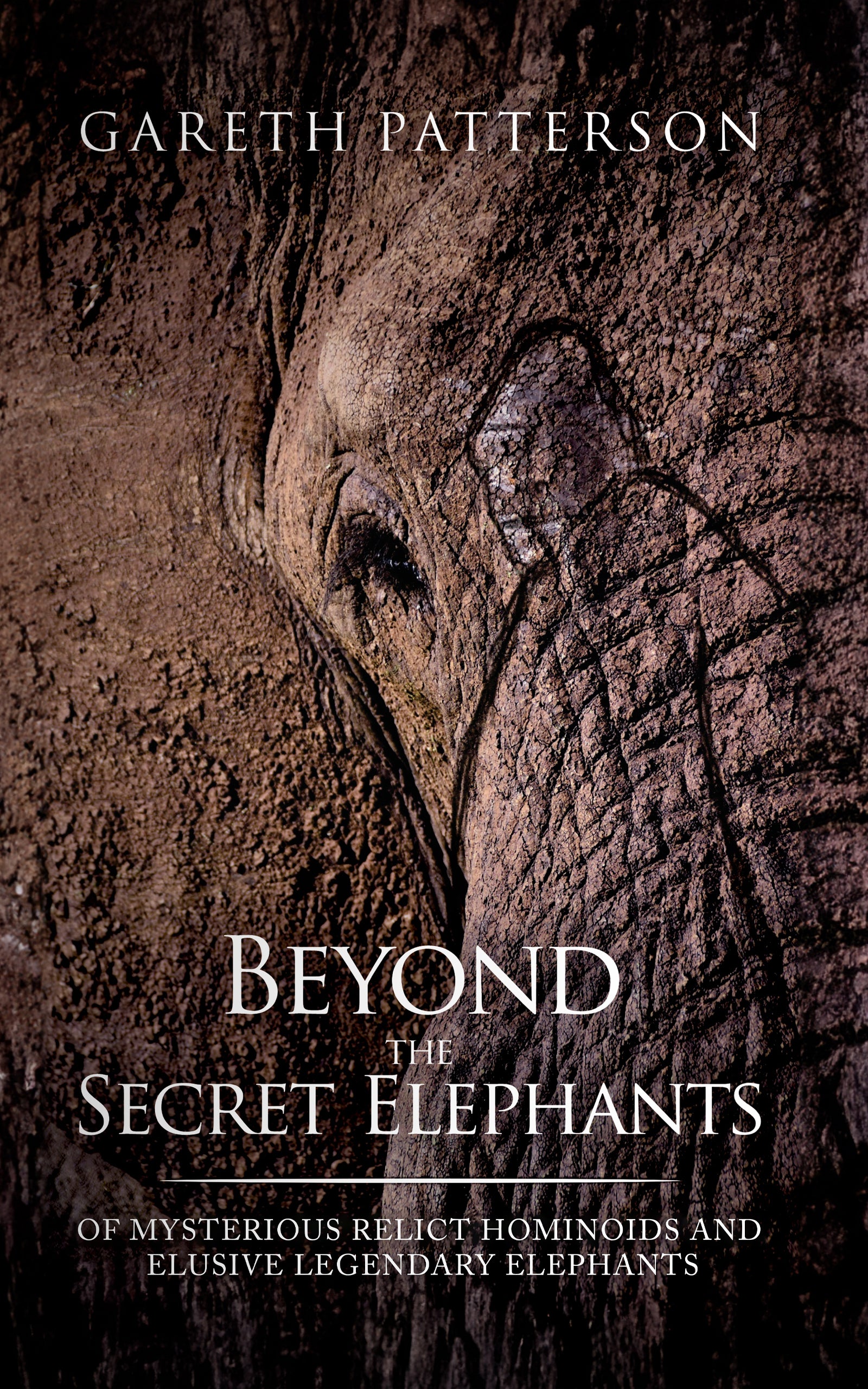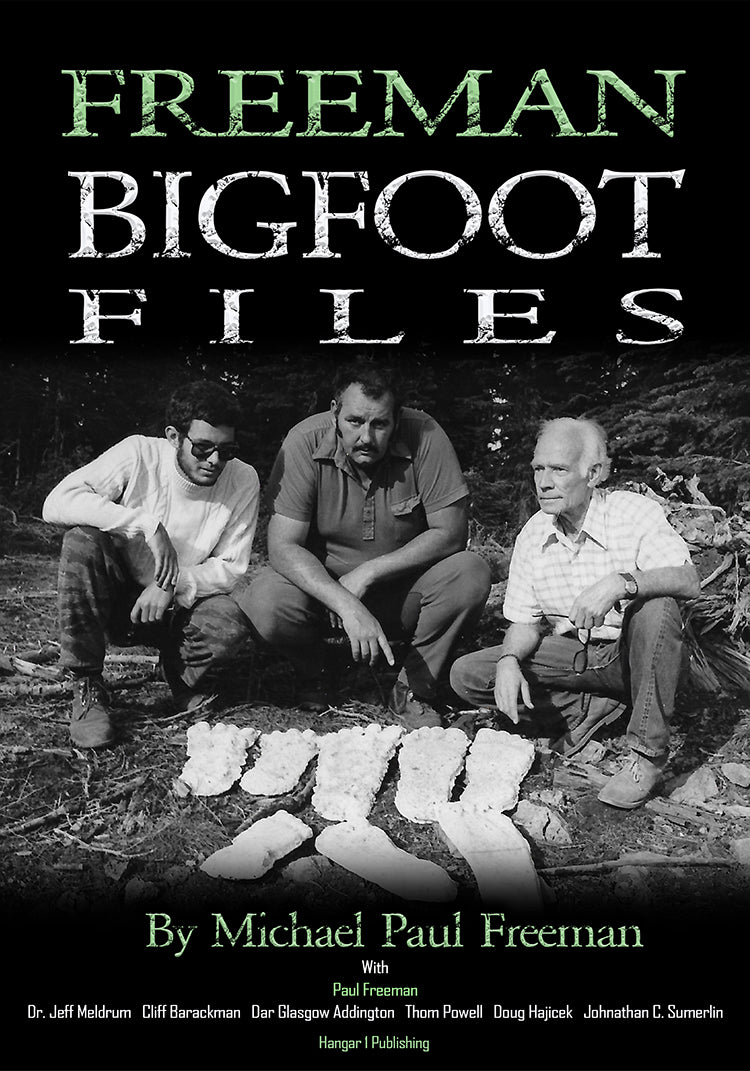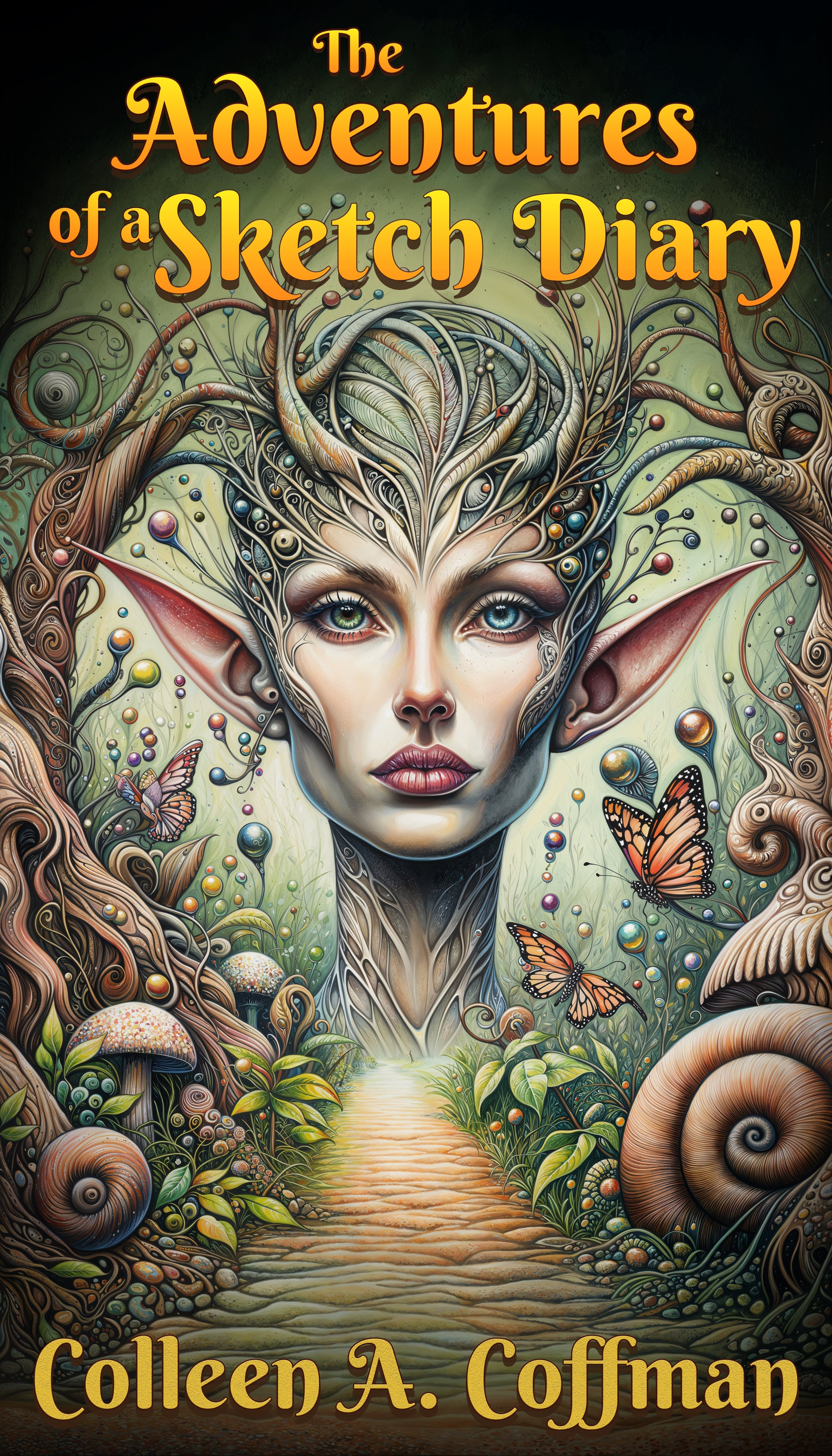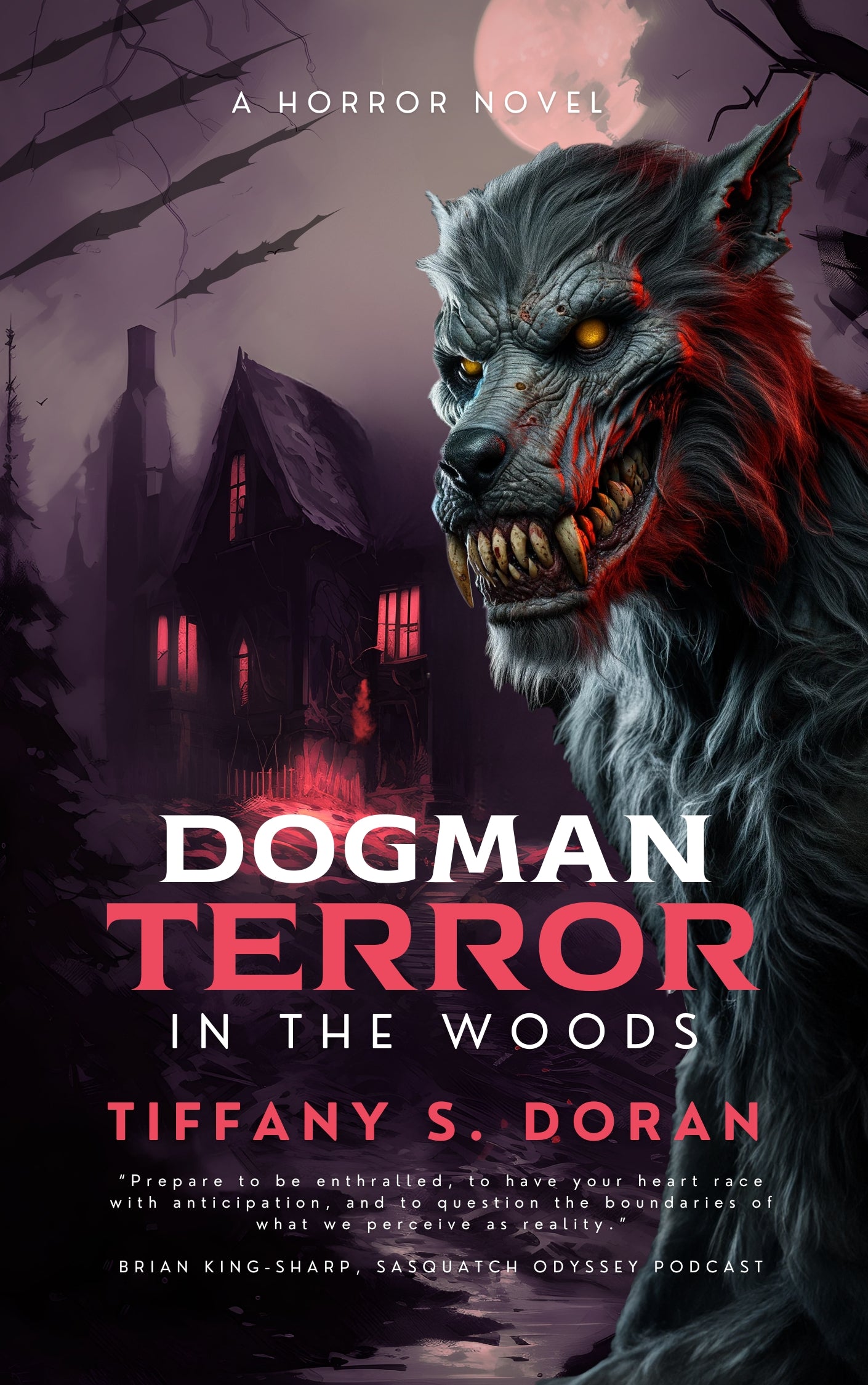Leprechauns and Aliens: A Materials Scientist Analyzes the Folklore-UAP Nexus

By Amara Okafor, Ufologist
I usually spend my days looking at the microstructure of unusual alloys or arguing about isotopic ratios in recovered materials. So, it might seem odd that I'm asking you to look at Irish fairy tales. But here is the thing: in my line of work, you go where the data leads. And when you strip away the Disney-fied cartoons of pot-bellied cobblers, the historical data on "Little People" looks suspiciously like a database of close encounters.
We need to talk about Leprechauns and Aliens. Not as a joke, but as a comparative study of non-human intelligence interaction. When we analyze the reports, the similarities are not just superficial-they are structural.
The Original Close Encounters: Analyzing the Primary Texts
Most people think of leprechauns as cute, green-suited mascots. But the Irish mythology features two types of fairies, and the original accounts describe beings that are far more alien than adorable. The earliest known reference isn't a bedtime story; it's a medieval text called Echtra Fergus mac Léti.
In this 8th-century account, the earliest attestation of the leprechaun appears as water-dwelling entities. The text describes Fergus mac Léti being bored out of his chariot by small bodies-lúchorpáin-who try to drag him into the sea. This isn't a whimsical encounter; it's an attempted abduction.
The Fergus mac Léti Case File
If we treat the Irish Sagas: Echtra Fergusa sources as witness testimony, we see a pattern. The King of Ulster falls asleep on a beach-a liminal zone-and wakes to find himself being moved by three entities. This mirrors modern reports of paralysis and transport. The Irish Sagas list numerous such encounters, but the Fergus incident is crucial because it establishes the etymology of Leprechaun as distinct from the modern "shoemaker" trope.
Scholars have noted that "leprechaun" is not native Irish in the way we think, possibly linking to Luperci and water rituals, which oddly connects to the Roman festival of Lupercalia. The entities in the Ulster Cycle were powerful, dangerous, and transactional. Fergus captures them and bargains for a "swim" ability, a classic technology-transfer motif. The text even details the Scéla Mucce Meic Da Thó background context, grounding these events in a specific pseudo-historical timeline.
The Conception and Division of Kings' Bodies in these texts often involves supernatural interference, similar to the medical procedures reported in modern abductions. Even the concept of Geis, a literary motif in early Irish literature, functions like the "rules of engagement" we see in UFO folklore (e.g., "don't take a picture," "don't touch the craft").
Morphology of the Entities: Red Coats vs. Grey Skin
Let's look at the physical description. Today, we picture green suits. But historically, the Leprechauns: The Little People of Irish Folklore were described as wearing red coats. They were often solitary, grumpy, and wizened. The Leprechaun | Encyclopedia MDPI notes these distinct features, which separates them from the "trooping fairies" or the social Sidhe.
Why the shift? Media contamination. Just as the 1955 Kelly-Hopkinsville "goblins" became "little green men" in the press, the Jolly Leprechaun's Sinister Origins were rewritten by pop culture. However, the core descriptions remain consistent: diminutive stature, trickster behavior, and an obsession with gold or resources. In Mythic humanoids studies, this resource-extraction behavior is a global constant.
Consider the "shoemaker" aspect. Encyclopedia of Celtic Mythology and Folklore explains the name comes from leith brogan (one-shoemaker). They are always working on a single shoe. Is this a garbled memory of a being working on a mechanical device? In some translations like Llopan - some kind of rough shoe, the focus is on the object they are crafting. Even the Fairy and Folk Tales of the Irish Peasantry mentions them possessing a little shoe forgotten in a frantic escape-a physical trace left behind.
The Data Overlap: Folklore as Ufology
The legendary researcher Jacques Vallée was the first to rigorously document that On UFOs, Folklore, And Parallel Worlds, the narratives are identical. He wasn't just guessing; he was using Aliens Among Us? A Sociocultural Investigation of the patterns.
Here is where the materials science gets interesting. In UFO ABDUCTIONS: THE MEASURE OF A MYSTERY, Thomas Bullard outlines the sequence of a modern abduction: capture, examination, conference, tour, return. This maps perfectly to the Exploring Faerie Abductions in Folklore. The The Thinning of the Veil describes people being taken to a parallel realm where time moves differently-exactly like the "missing time" in UAP reports.
The Taxonomy of the Others
We are dealing with a biodiversity of entities. Taxonomy of Leprechauns: A Non-Authoritative Guide suggests a classification system. You have:
- The Solitary Beings: Like the Leprechaun or the Leprechaun | Myth and Folklore Wiki describes, these avoid contact and are associated with specific sites.
- The Social Beings: The Aos Sí. What is the Warning about Fairies? It is usually to avoid their procession or territory. This matches the The UFO book : encyclopedia of the extraterrestrial descriptions of observing humanoids from a distance who seem busy with their own tasks.
The Quora discussion on Irish fairies and elves highlights that Gnomes and other subtypes have distinct physical parameters, much like the difference between "Greys" and "Nordics" in ufology. Even the Van abacc tot tamasc research draws linguistic lines between these entity types.
High Strangeness and Physical Traces
As a researcher, I look for the physical leftovers. Leprechaun Lore often places these beings at "fairy forts" or mounds. Traces of the elder faiths of Ireland notes that these Sheeauns (fairy mounds) were once more populated. In modern terms, we call these "hotspots" or "window areas."
The interaction is often dangerous. Blood for the Fairies documents the darker aspect of these encounters, where injury or vitality theft occurs. This isn't far removed from the The Cryptoterrestrials hypothesis, which suggests these beings are indigenous to Earth but exist in a parallel state, occasionally harvesting biological material.
We see this in The Wee People and the Sow, where livestock and humans are taken. The MsOmit 2017 - Texts regarding Cormac Mac Airt also describe a journey to a technologically magical realm. This crossover is so prevalent that why are there so many stories across time and cultures is a valid scientific question.
Global Correlates: From Iceland to Idaho
It's not just Ireland. In Iceland, the belief in Huldufólk (hidden people) is so strong it affects construction projects. Festschrift_vol- 1- FOLKLORE_eBook discusses these "cursed spots." Terry Gunnell's work, How Elvish were the Álfar?, dissects how these beings went from powerful gods to hidden folk, a trajectory similar to the "ancient astronaut" to "hidden alien" narrative.
Specific dates matter. Þrettándinn, (thirteen night) is when the elves are visible-a temporal window. Innovative groups like Huldufugl are using VR to visualize these entities, but the lore is ancient. Even across the ocean, we find the CHEROKEE LEGEND OF THE LITTLE PEOPLE. Interestingly, the same link references a **1967 UFO Sighting in Ririe, Idaho**, where small humanoid occupants were seen. The descriptions are nearly interchangeable.
The Importance of Data Integrity
When we study this, we must respect the source material. Authenticity as an Analytic Concept in Folkloristics is crucial. We cannot just cherry-pick data. We have to look at the linguistic patterns (like the word lists found in the Snap project) and the cultural context.
The fairies | Ireland's Folklore and Traditions and bealoideas archives describe beings that exist on another plane. This aligns with the Interdimensional Hypothesis. At the Edge: Fairies and their kin suggests that "elf-infested spaces" are more common than we admit.
Even Fairy Lore art, like that found in The Project Gutenberg eBook of Irish Fairy Tales or Irish Fairy Tales Illus Arthur Rackham, visually codes these beings with attributes-large eyes, small stature-that we now associate with the "Grey" alien phenotype. The book Faeries by Alan Lee and Brian Froud captures this unsettling biological realism.
The Bottom Line
Whether you are reading Fairy and Folk Tales of the Irish Peasantry or scanning the Lexicon of the Phenomenon, the conclusion is difficult to ignore. The Irish Folk Tales and Legends, Leprechaun history, and Leprechaun Notes from Harvard all point to the same thing.
We are interacting with an intelligence that masks itself in our cultural expectations. In 800 AD, it was a water-sprite dragging a king into the sea. In 2025, it's a Grey alien floating a commuter into a ship. The materials change-from ancient etymology to Bealtaine fires, to modern questions of what a leprechaun is. But the phenomenon? That remains constant. And as someone who studies the physical nature of things, that consistency is the most important data point we have.
Check the Fionn Cycle Bibliography or the Whispers of the Hidden Fairies. Dig into the Role of Fairy Mythology in Irish Culture. You might just find that the Leprechaun isn't a myth to be debunked, but a contact event to be investigated. The Irish leprechaun is a figure from Irish folklore, yes-but he might also be the pilot of the craft I'm trying to reverse engineer.
From Bigfoot to UFOs: Hangar 1 Publishing Has You Covered!
Explore Untold Stories: Venture into the world of UFOs, cryptids, Bigfoot, and beyond. Every story is a journey into the extraordinary.
Immersive Book Technology: Experience real videos, sights, and sounds within our books. Its not just reading; its an adventure.


